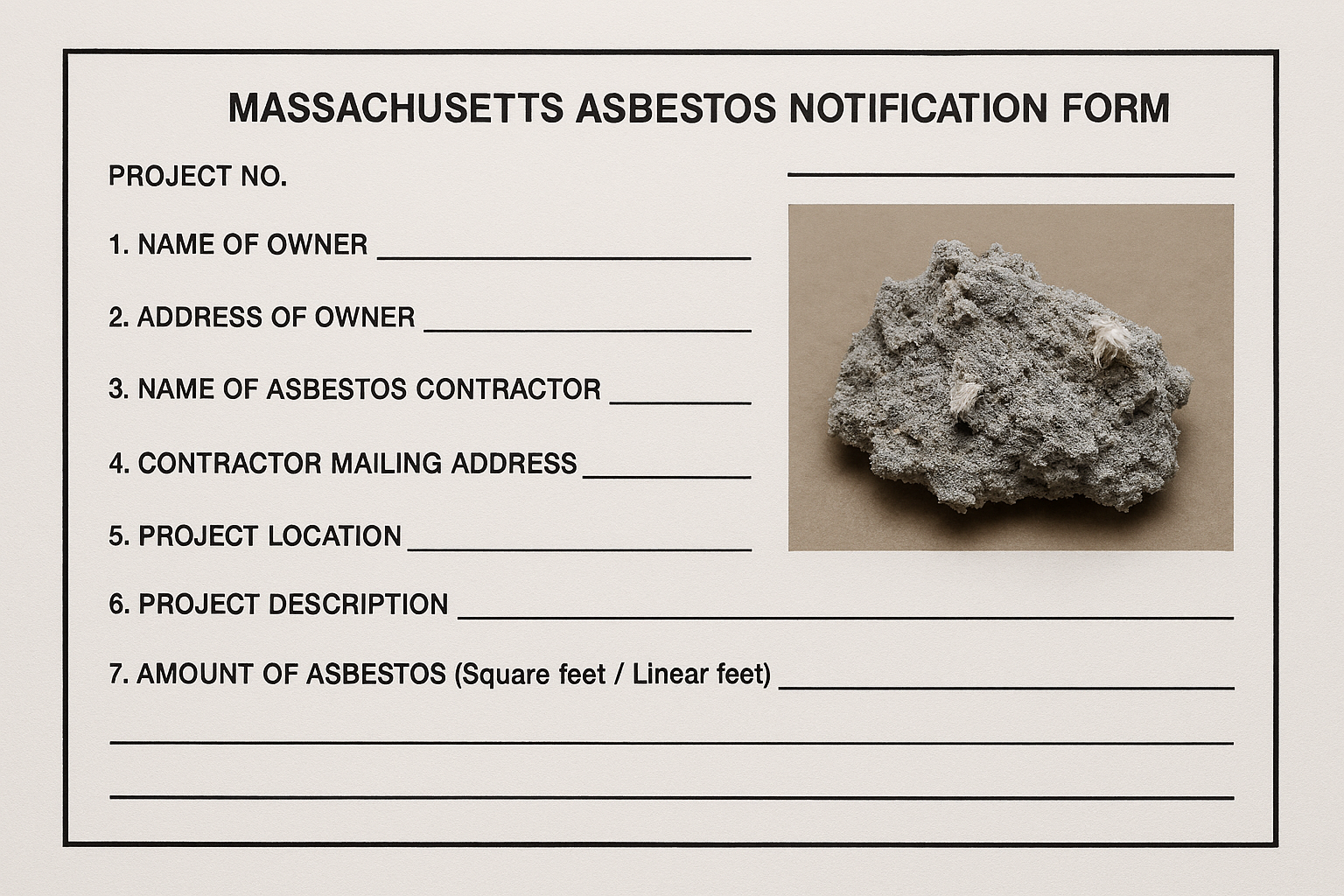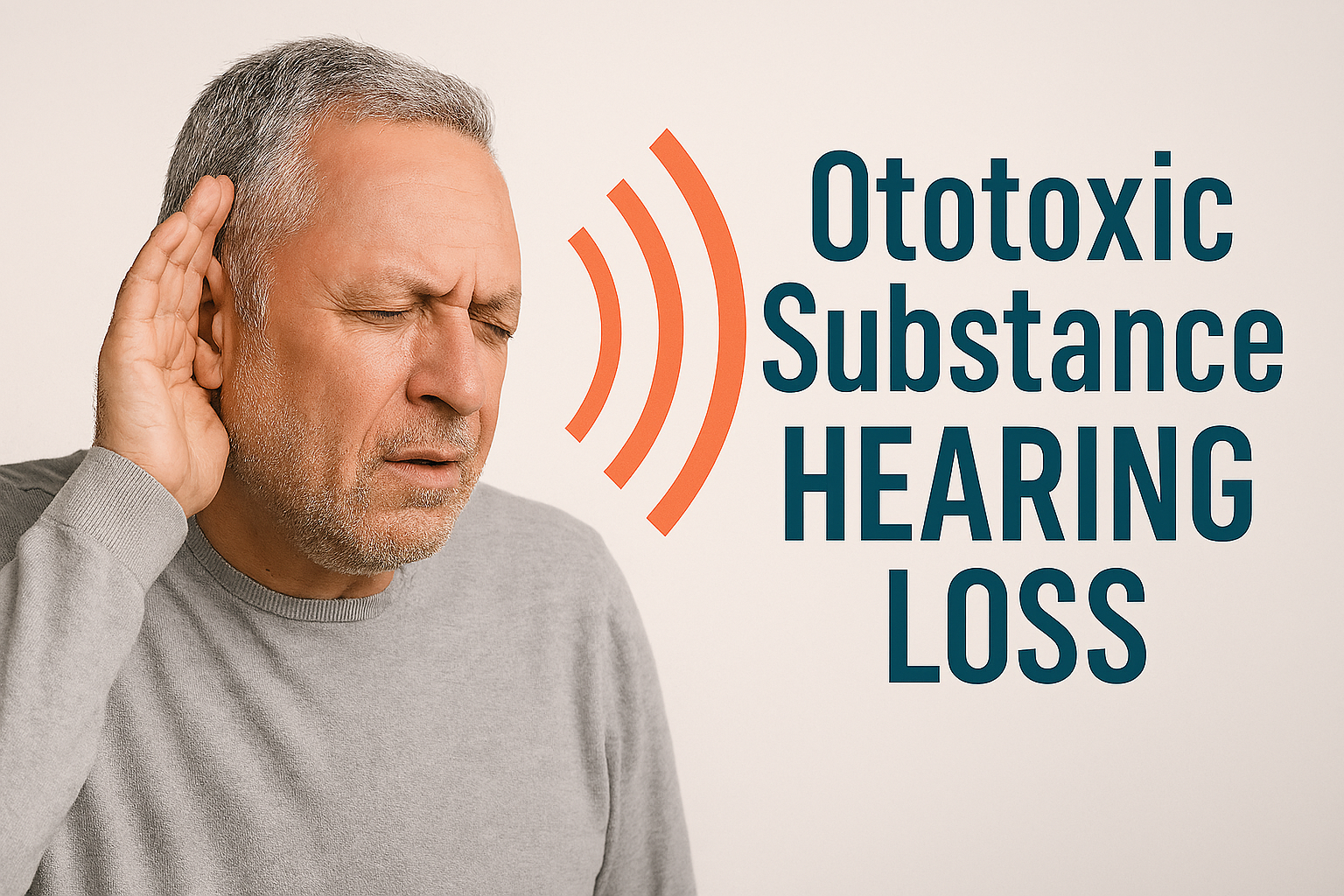If an employee is unvaccinated, it is the employer’s responsibility to enforce the mandatory precautions needed to meet the OSHA standard. This means an unvaccinated employee must always wear face coverings inside a building or vehicle. The only times this standard does not apply is when the employee is alone, eating or drinking.
Face coverings must be double layered breathable fabric that light will not pass through while held up to direct light. They must completely cover one’s nose and mouth snug with zero gaps and cannot contain any slits, exhalation valves, visible holes, or punctures. These face coverings must be secured with head ties around the ears or elastic bands that fit around the head. It is important to keep everyone in the workplace safe whether vaccinated or not. There are a few simple steps that could help minimize the number of cases seen at a worksite. If a worker isn’t vaccinated it is good to encourage but not enforce the idea of getting the vaccine, incentives to make this happen are granting paid time off for receiving it and the time it takes to recover.
Anybody infected by the virus, came in close contact with someone whose contracted it or showing symptoms of COVID-19 should stay at home. Social distancing is a good way to help prevent the spread, the minimum distance between people should be six feet and it is smart to limit the amount of unvaccinated workers in one room at a time. Also setting physical barriers between workers could help the disease from getting one place to another. Lastly COVID-19 spreads more rapidly indoors than out, therefore, ventilation systems are important to filter and dilute the virus concentration.
Not only does OSHA require actions taken to reduce the spread of the virus and ensure the health and safety of workers, but it is required that reports and records of any infections or deaths are kept by the employer. Keeping track of where the highest levels of COVID-19 are happening will allow the employer to investigate and decide what could be done to limit the number of infections. Also looking into each death can maybe figure out if there are any correlations between the people and see if anything can be done to prevent more.
Over a year after COVID-19 had devastated America, a new variant of this deadly disease has been discovered. The “delta” variant has caused the CDC to implement a new list of guidelines to follow as of October 15th, 2021. These guidelines are in effect for vaccinated and unvaccinated individuals. These guidelines include getting tested if symptoms are shown or 5-7 days after close contact with someone who has been infected by the virus. Also, wearing a mask and isolation until a negative result has come back. Fully vaccinated people are allowed to continue domestic travel without quarantining before or after, and refrain from testing before leaving the United States for international travel.
If you have questions regarding the OSHA COVID-19 Vaccine ETS or any other Occupational Safety and Health issue click the button below to submit your request and one of our experts will get back to you within 24 hours.
OSHA Resources
COVID-19 Vaccination and Testing ETS (osha.gov) Summary
COVID-19 Vaccination and Testing ETS (osha.gov) Fact Sheet





